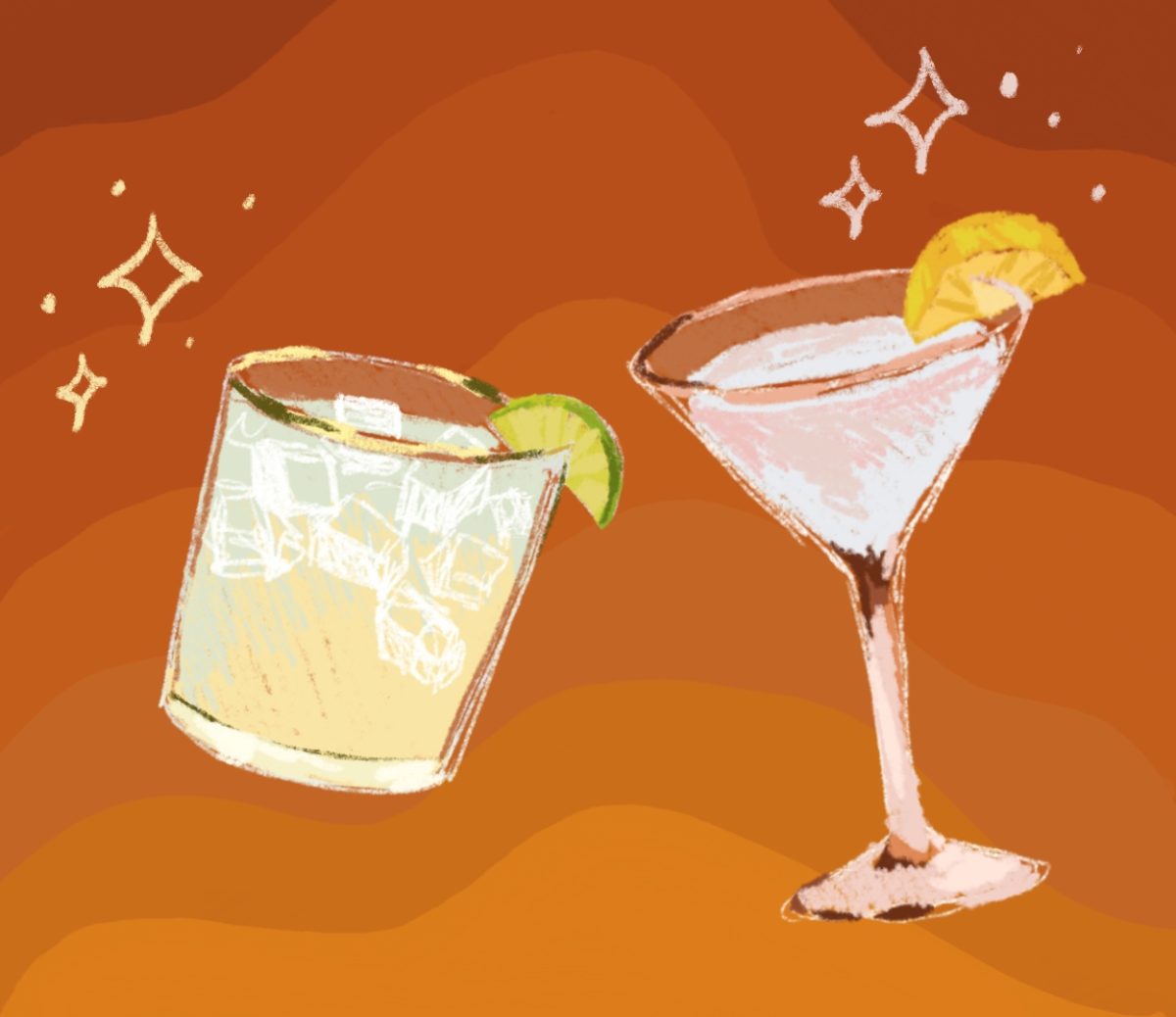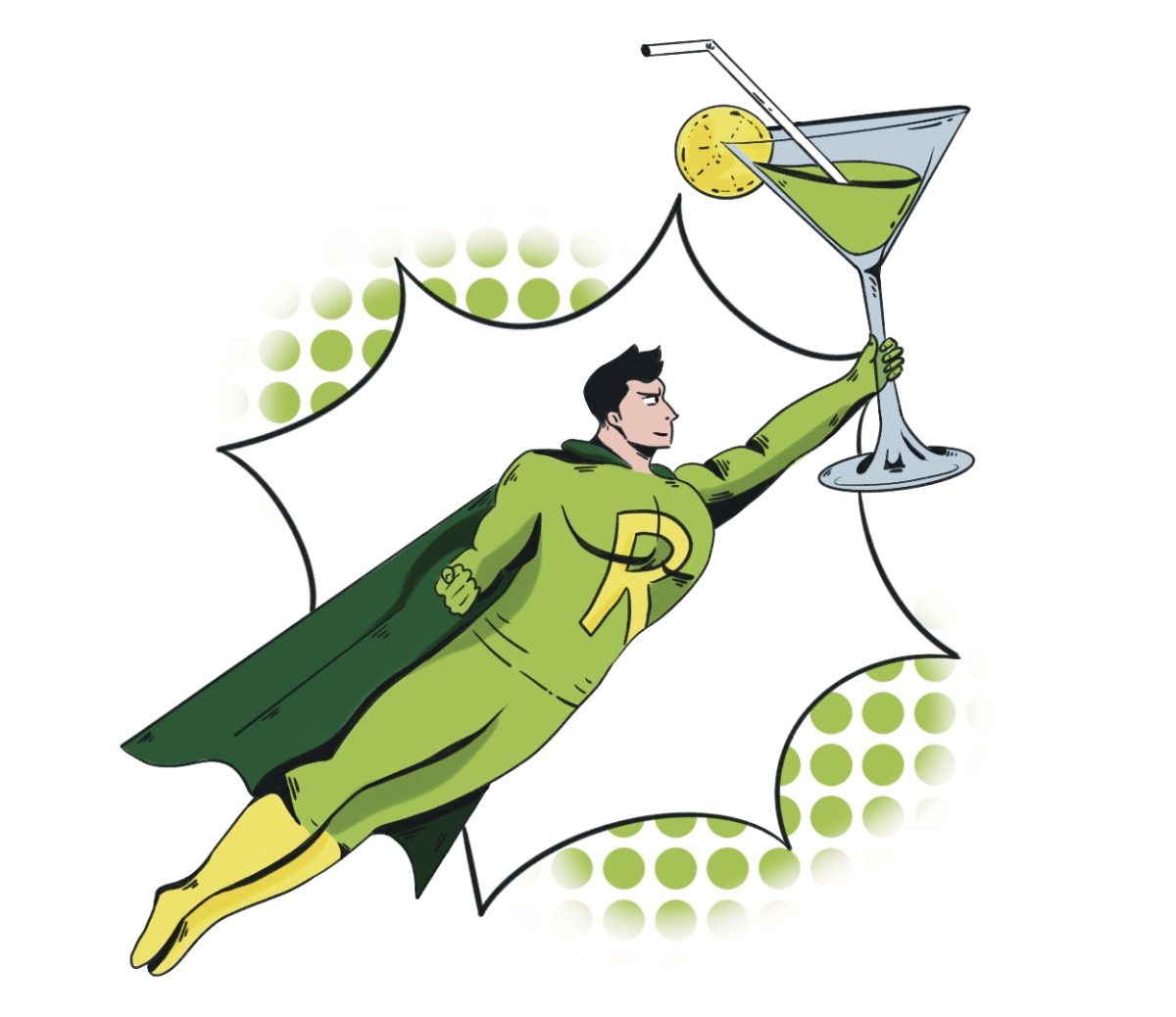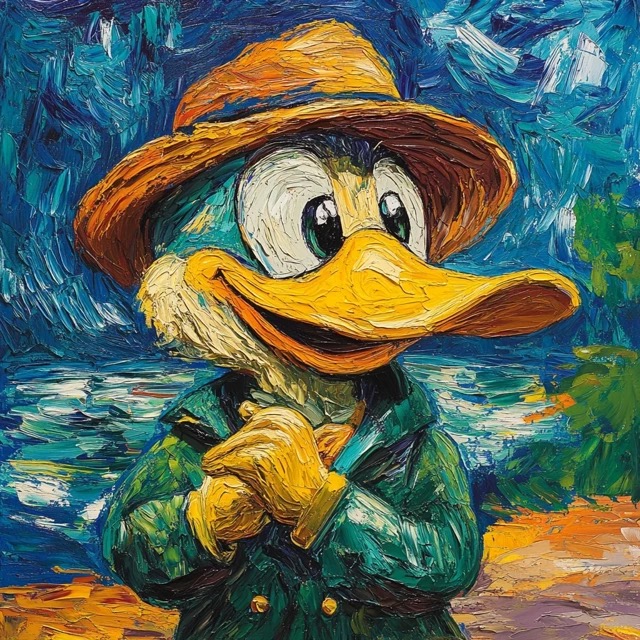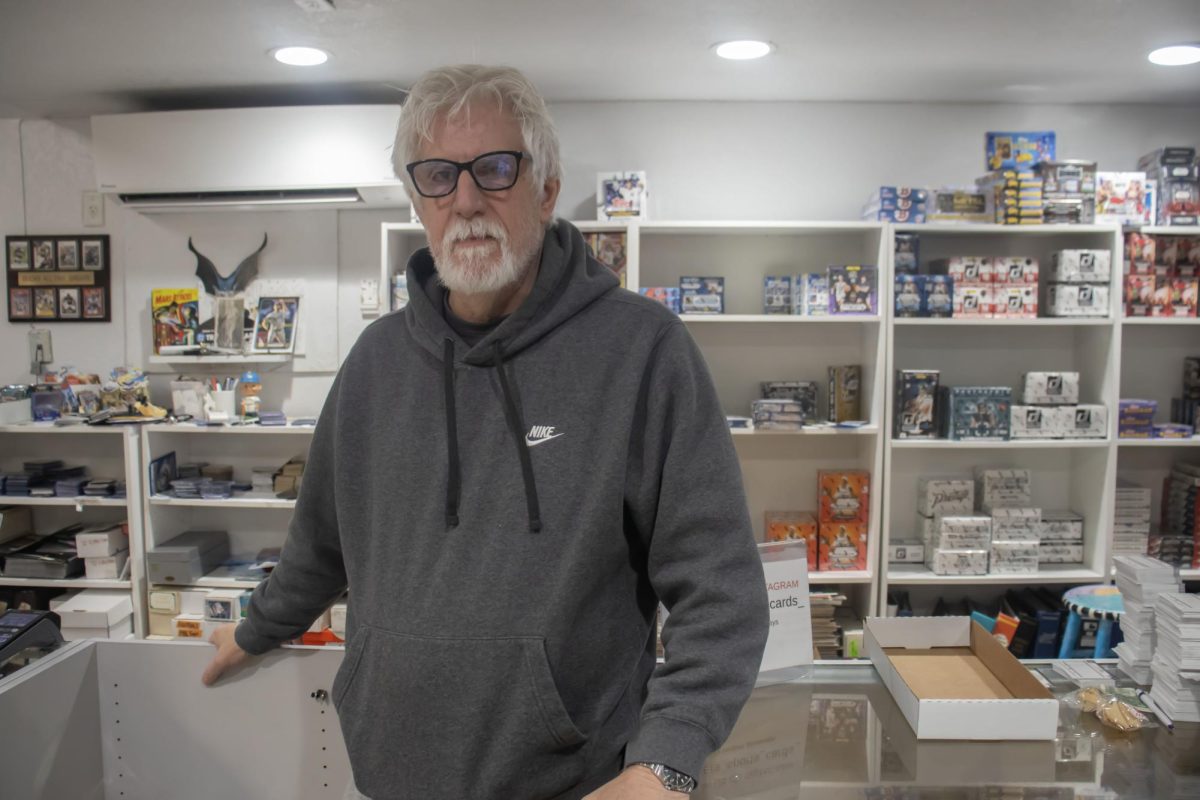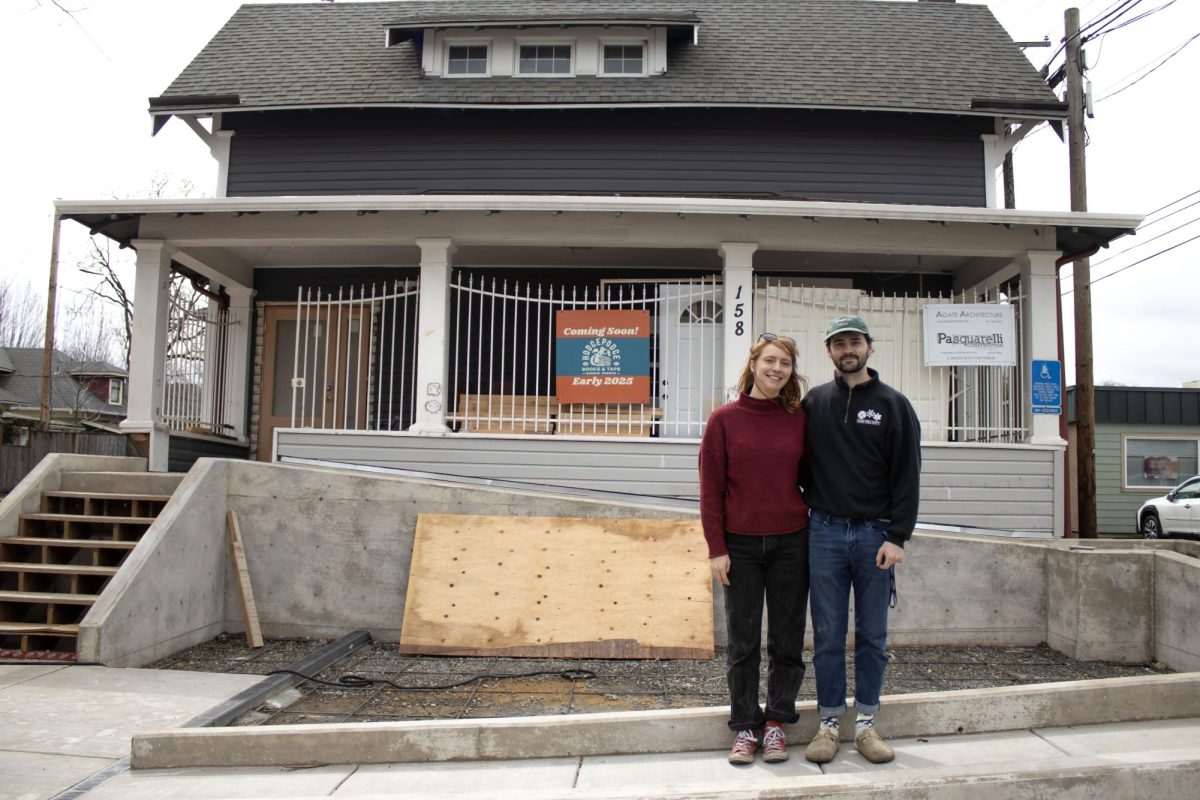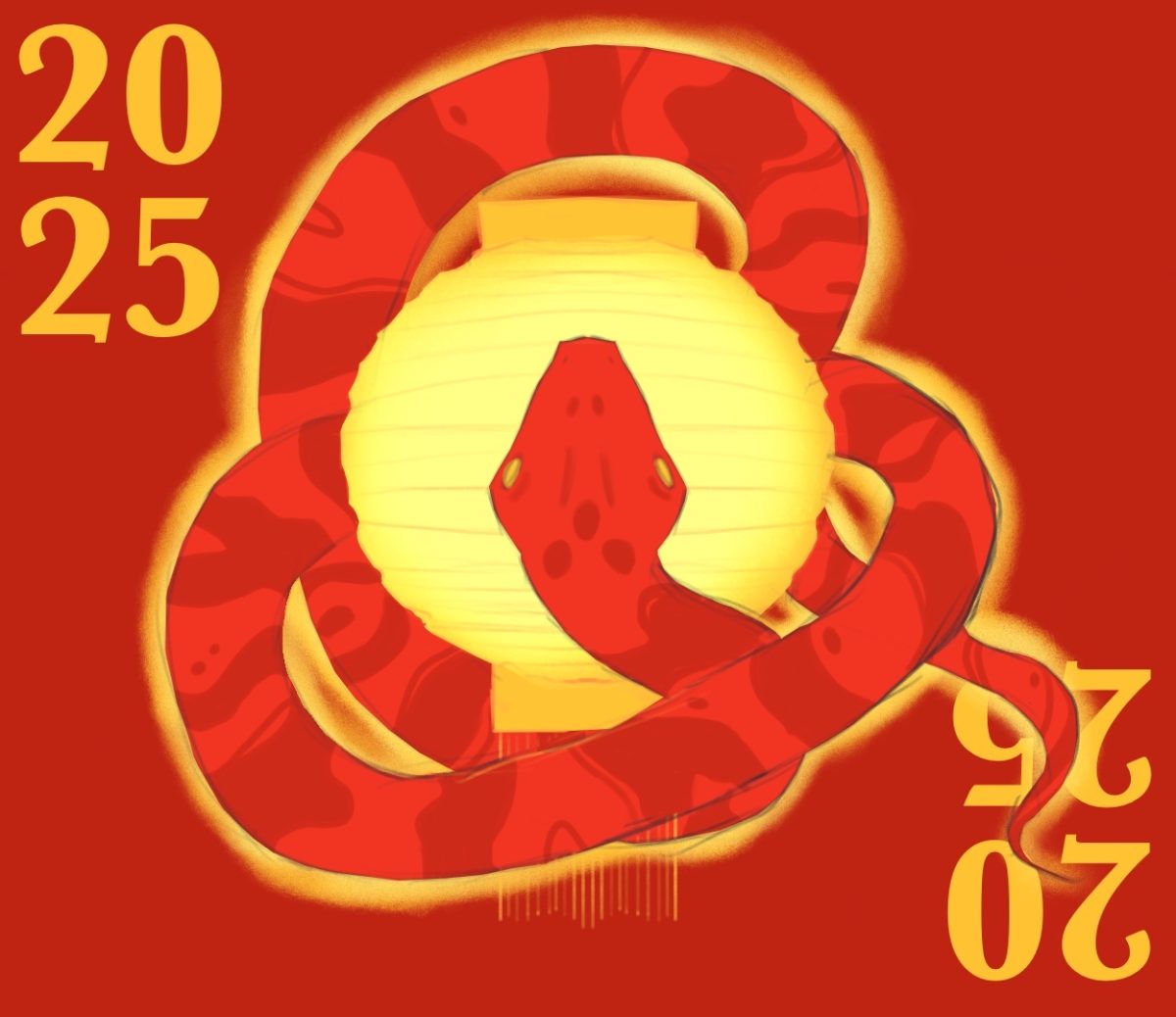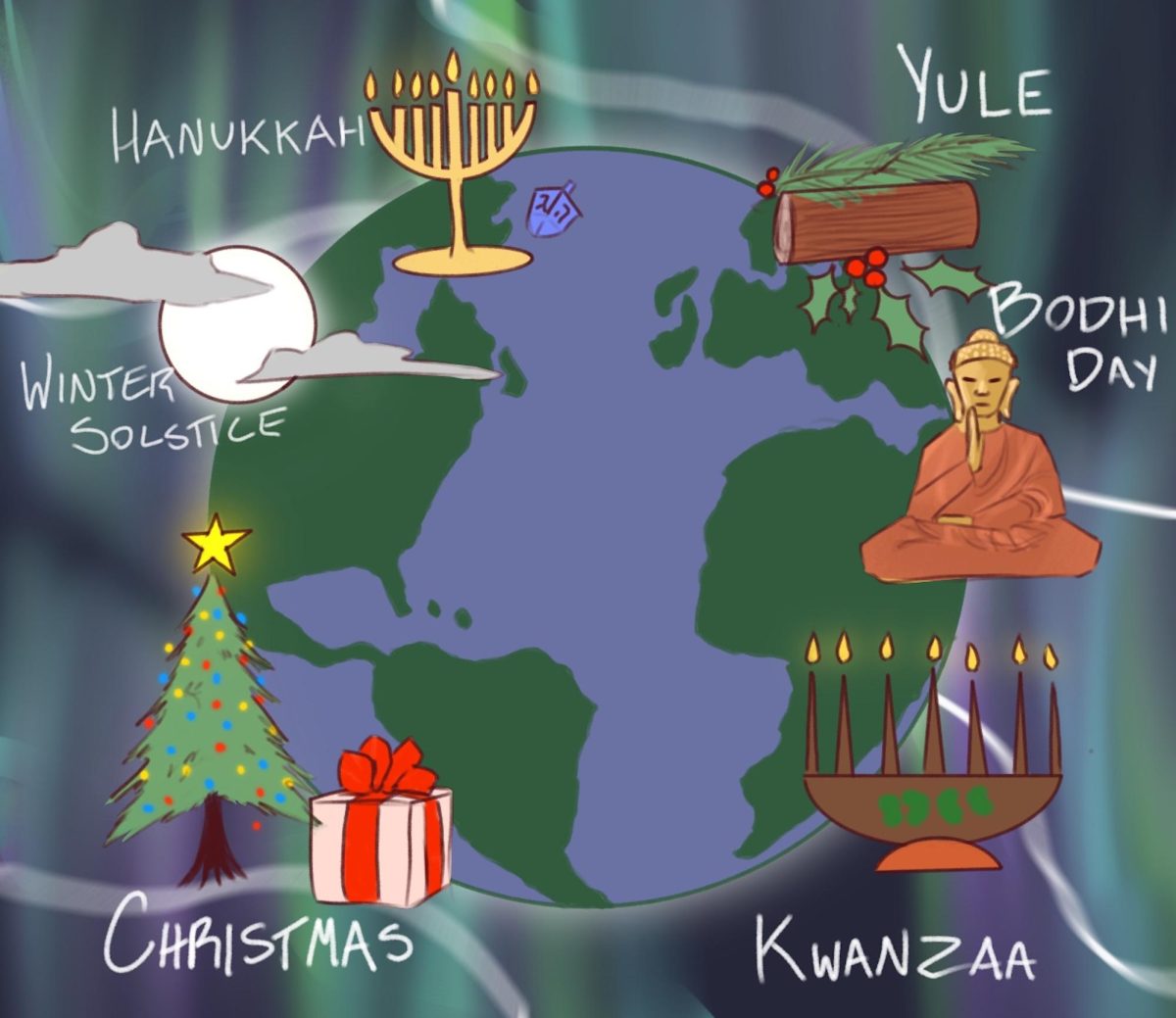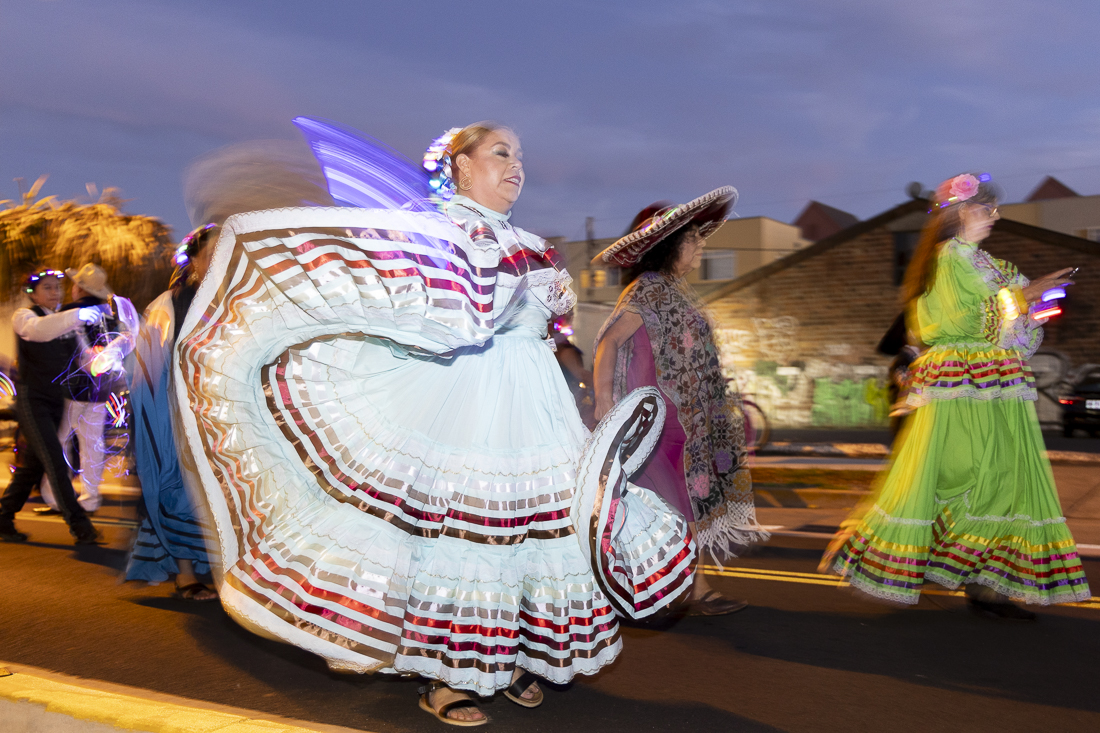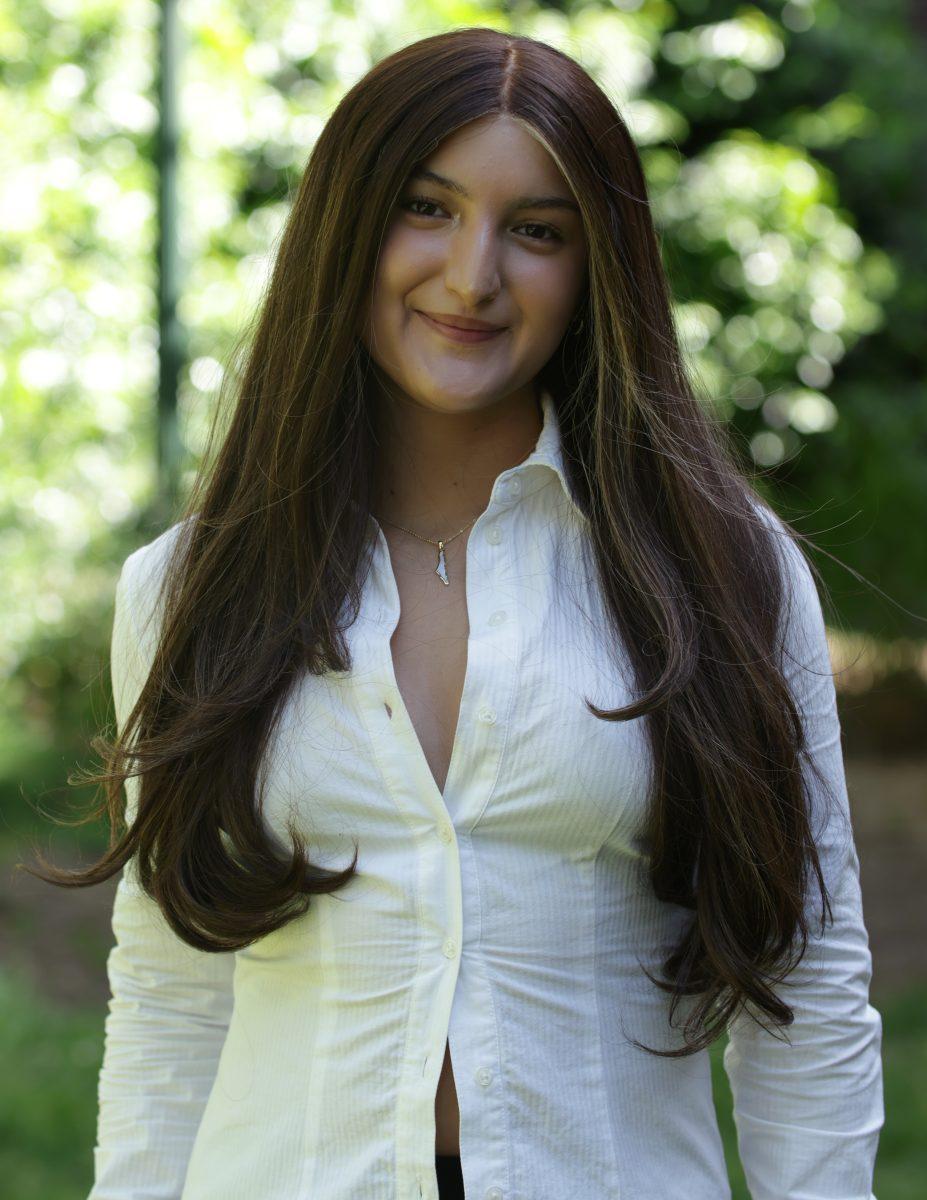On Nov. 1 and 2, you may notice vibrant altars, music and skull face paintings. Ofrendas (altars of offering) are decorated in honor of loved ones who have passed away, filled with their favorite substances, to remember their lives during a joyous holiday. El Día De Los Muertos is a two day holiday, Nov. 1 being the day that honors children and Nov. 2 for adults. Decorations are vital to this holiday, as anatomical skeletons, cempaúchitil (flower of the dead) and ofrendas are prepared in the weeks prior. These ofrendas are displayed to reward souls as they travel from the afterlife back into the land of the living for their day of commemoration. Their travels are celebrated throughout Latin America, as papel picado (paper decorations) are hung for parades, with music that floods cities.
Though each ofrenda is uniquely curated for the soul it honors, it always contains gifts to symbolize the four elements. Water, or the soul’s drink of choice, is offered. Papel picado is decorated to represent air, while the earthly element is either pan de muerto (bread of the dead) or the soul’s food of choice.
Ofrendas dedicated to members of the community of Eugene can be found at the Maude Kerns Art Center. The center is hosting its 30th annual Día de los Muertos exhibit, from Oct. 13 to Nov. 3. The exhibit began in 1993 by Susan Dearborn Jackson, former professor of the Folklore Department at the University of Oregon, and her student Sandra Dominguez, director of the Maude Kerns Art Center. Jackson’s ofrenda can be found at the center, for though she may have passed in 2011, her legacy prevails. The ofrendas on display currently honor the lives of Marcos Tadeo Jr., Maude I. Kerns, Jóse Guadalupe Posada, Leo’s Crossing, Susan Dearborn Jackson, Francisco and Rosa Cortéz.
Students at the University of Oregon have the opportunity to honor their loved ones who have passed, as the MEChA de UO organization hosts its 42nd annual Día de los Muertos celebration on Nov. 1 and 2 at the Jordan Schnitzer Museum of Art.
MEChA community advisor Armando Morales began El Día de los Muertos celebrations within the city of Eugene in the University of Oregon’s Erb Memorial Union. “I planted the seed and look,” Morales said, “it’s a place for everybody.”
The MEChA de UO celebrates not only on the day of El Día de los Muertos, but has events in preparation as well. A week before the annual commemoration, MEChA gathered to paint calaveras, a decorated skull used as a symbol of Hispanic culture. MEChA Programs Director, Ashley Pech elaborated on the unique relationship between death and culture in Latin America. Most times death is seen as a final goodbye, but Hispanic culture counteracts this norm.
“There’s a way for them to visit us,” Perch said. “That’s what I like about Día de los Muertos.”
El Día de los Muertos transitions the concept of death from daunting to a new beginning. Such a day of commemoration is wondrous, as Perch says, “it’s to remember the ones who I love in a beautiful way.” As the tradition continues, it becomes increasingly important. According to Morales, “Someday we will die. And if we don’t celebrate them, then who is going to do it for us?”





